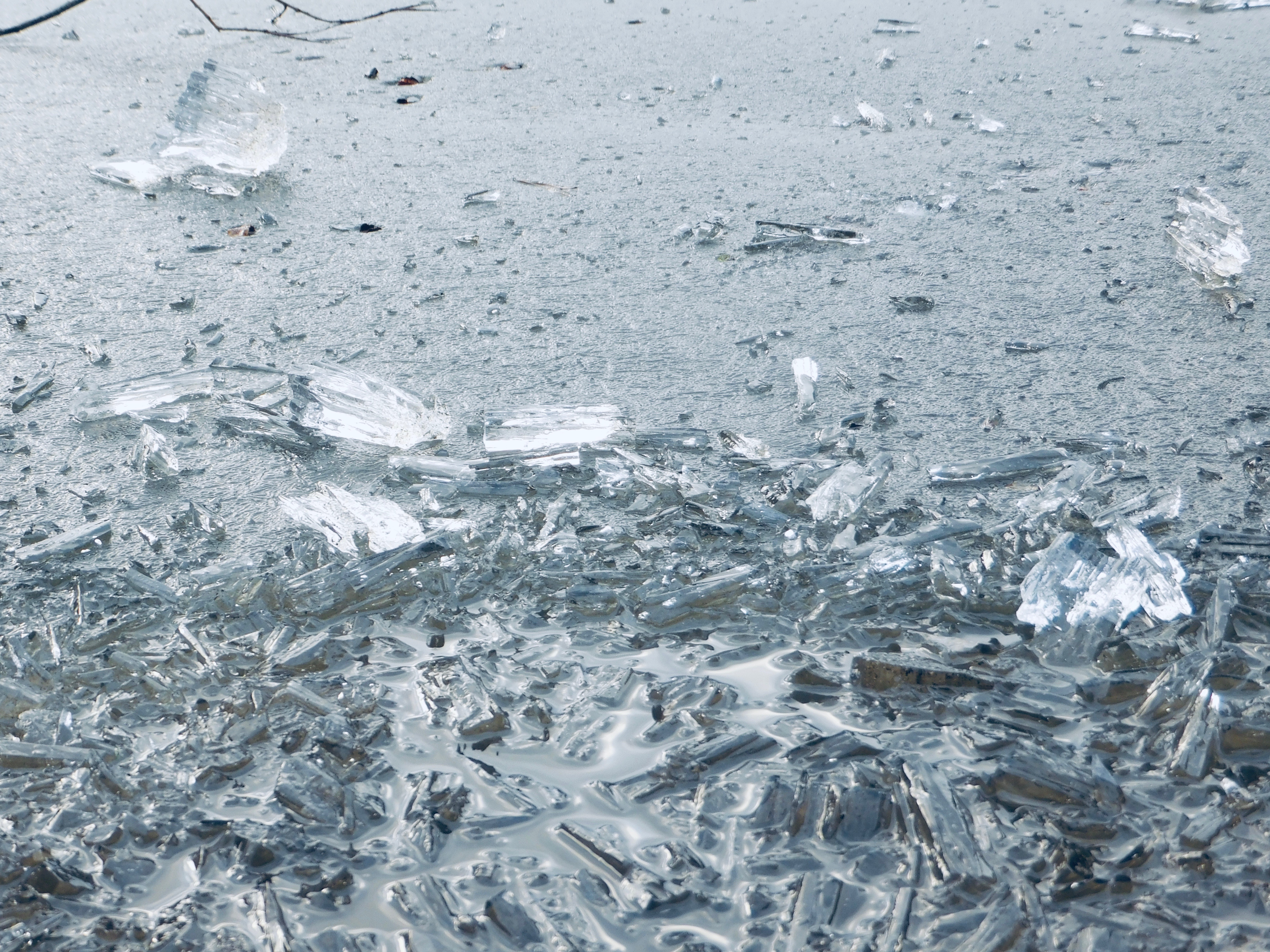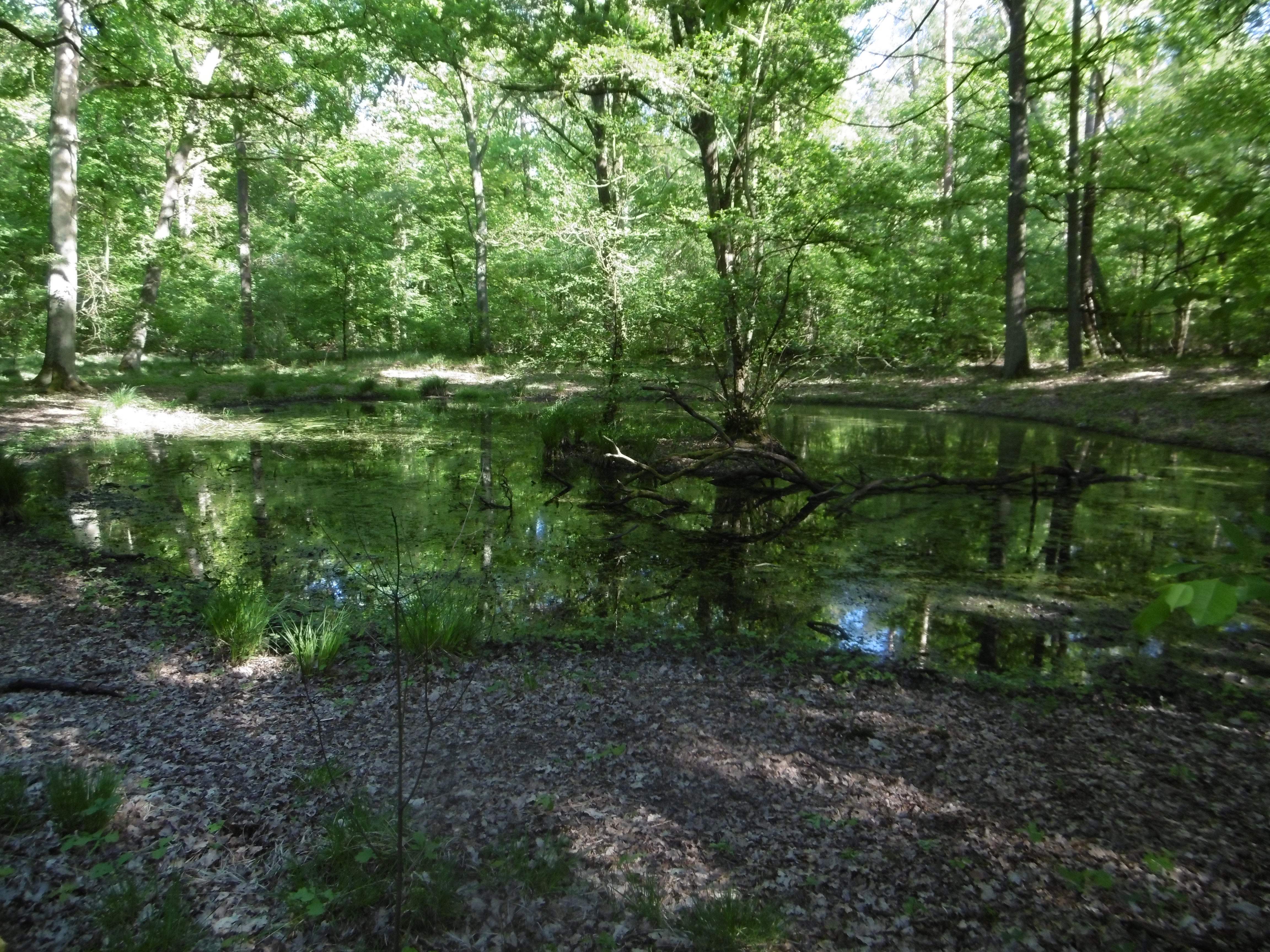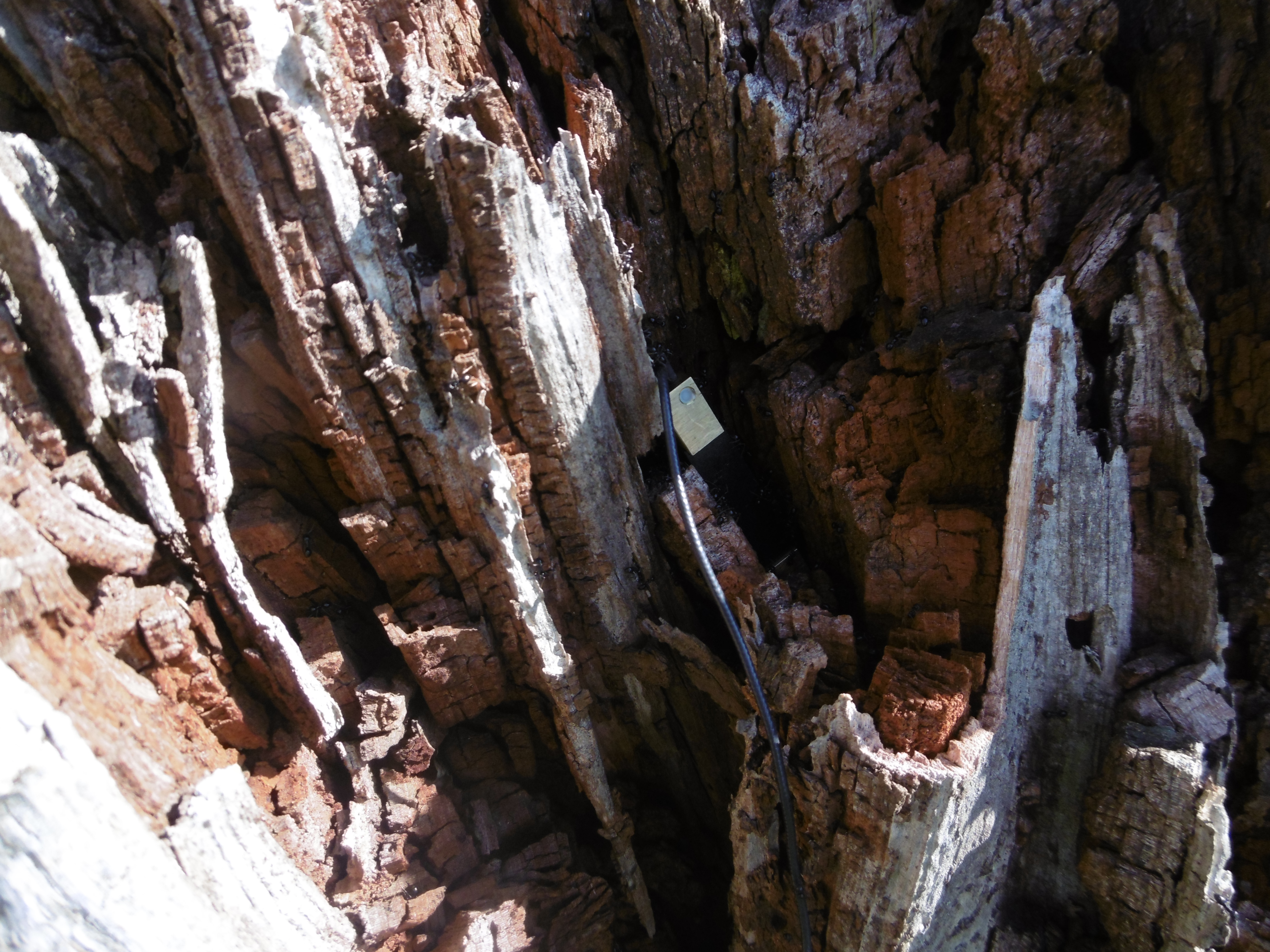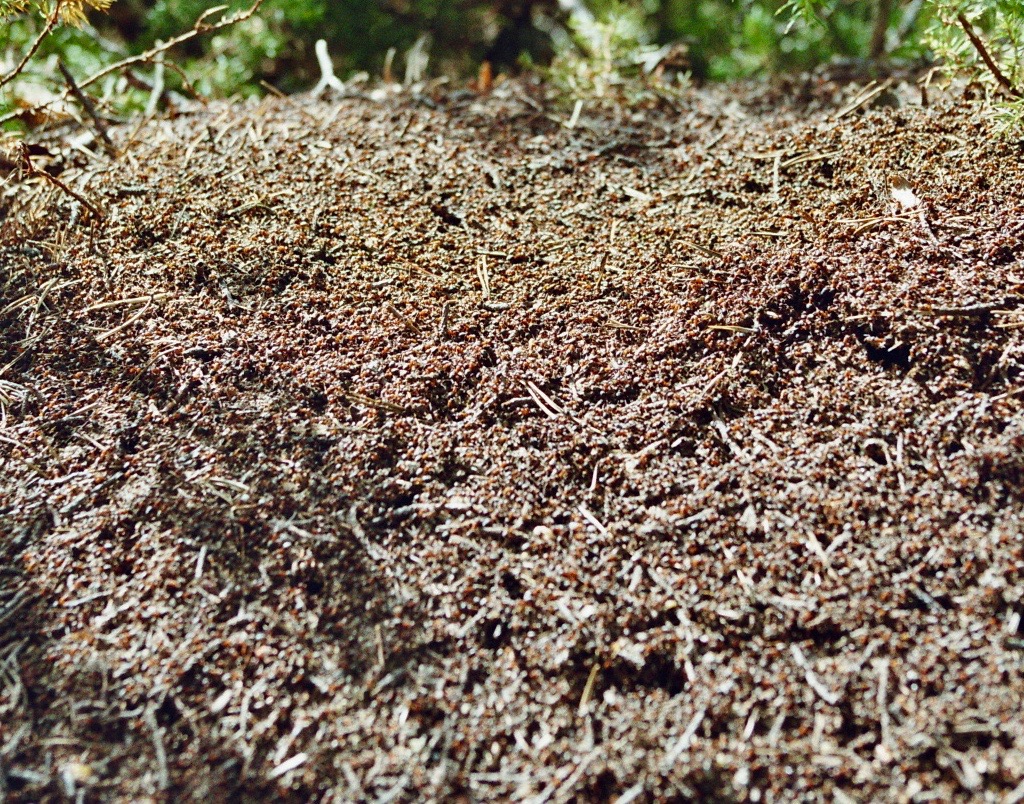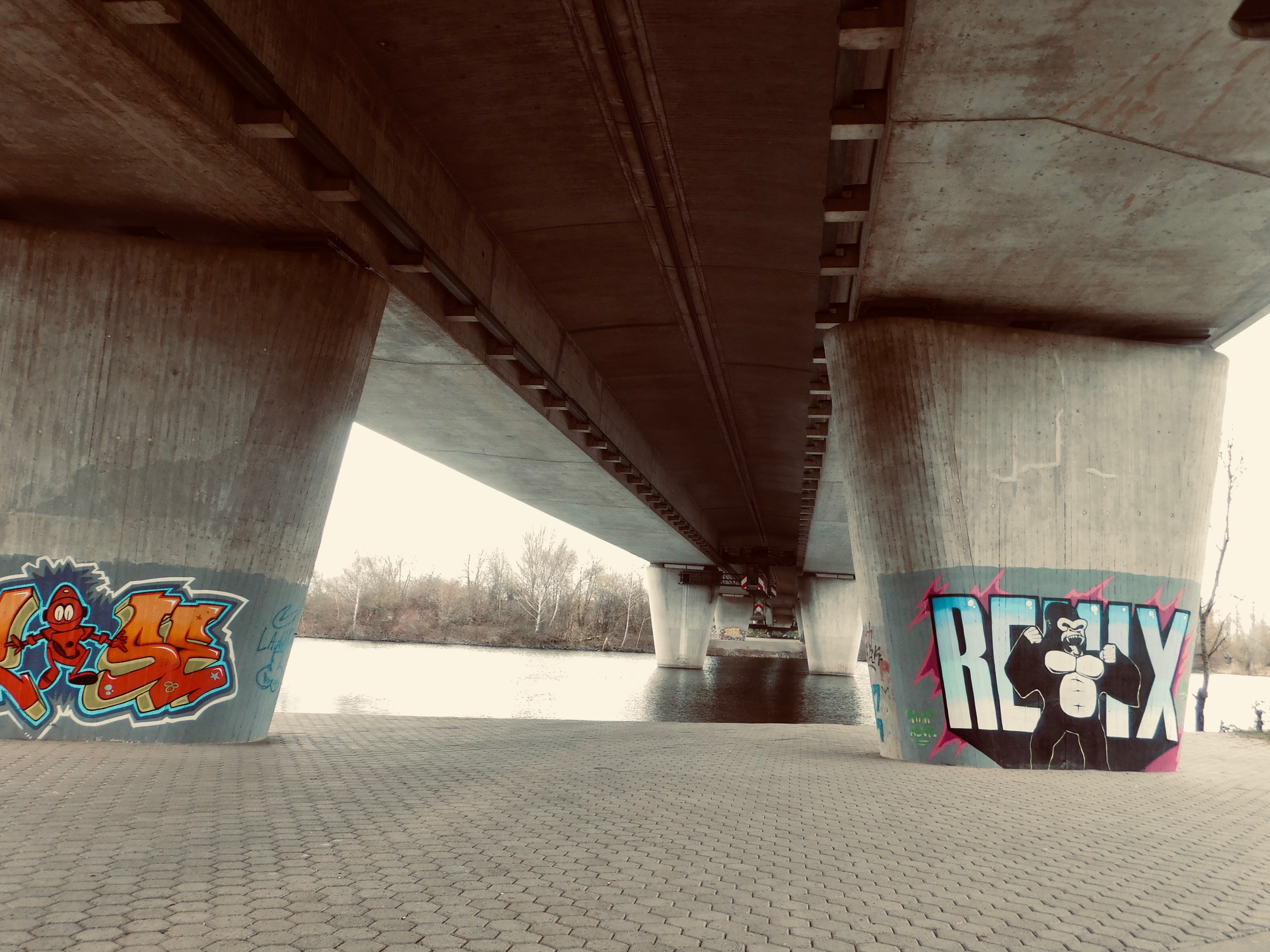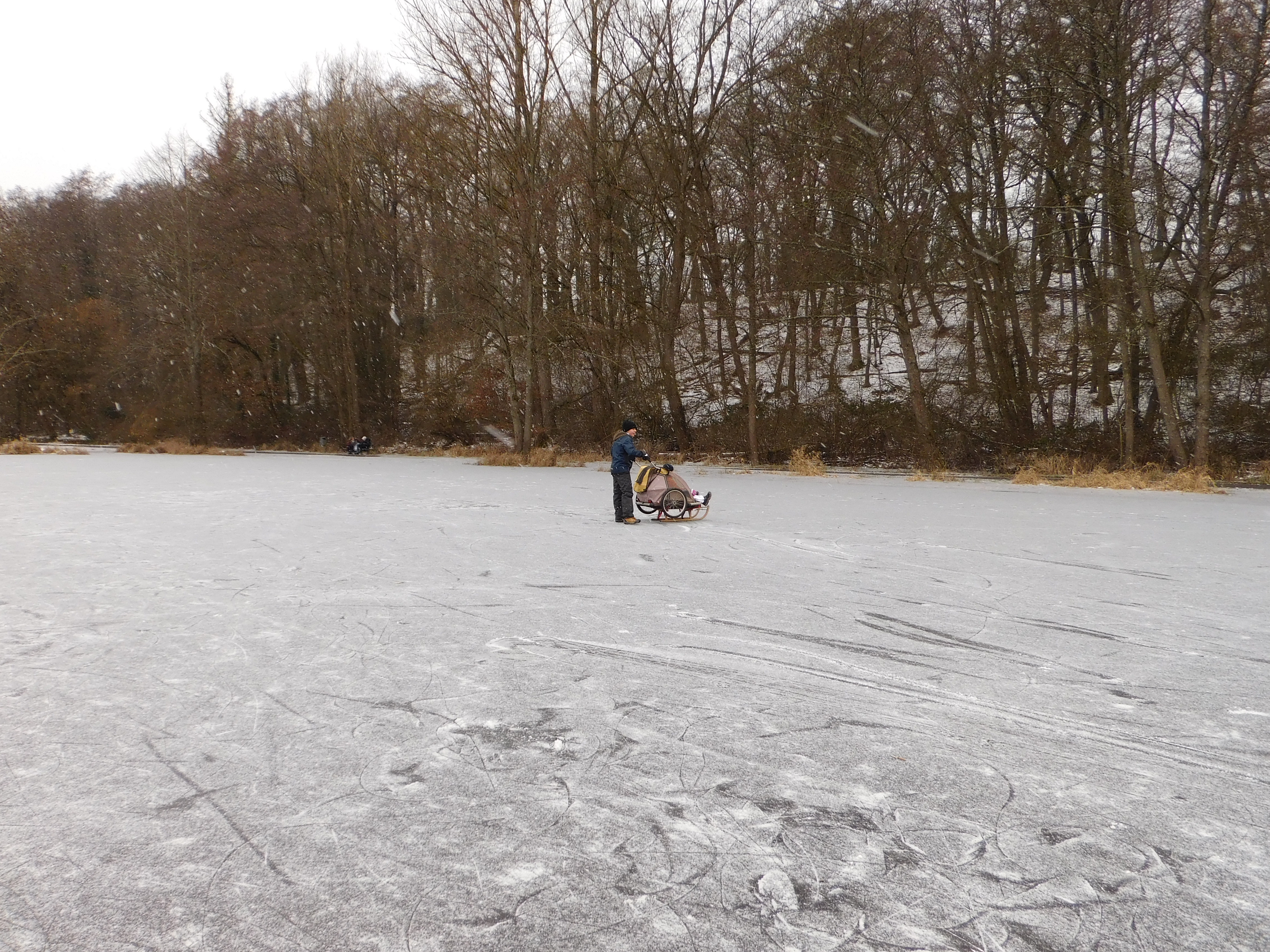HINTERHOF, STEINHEIM
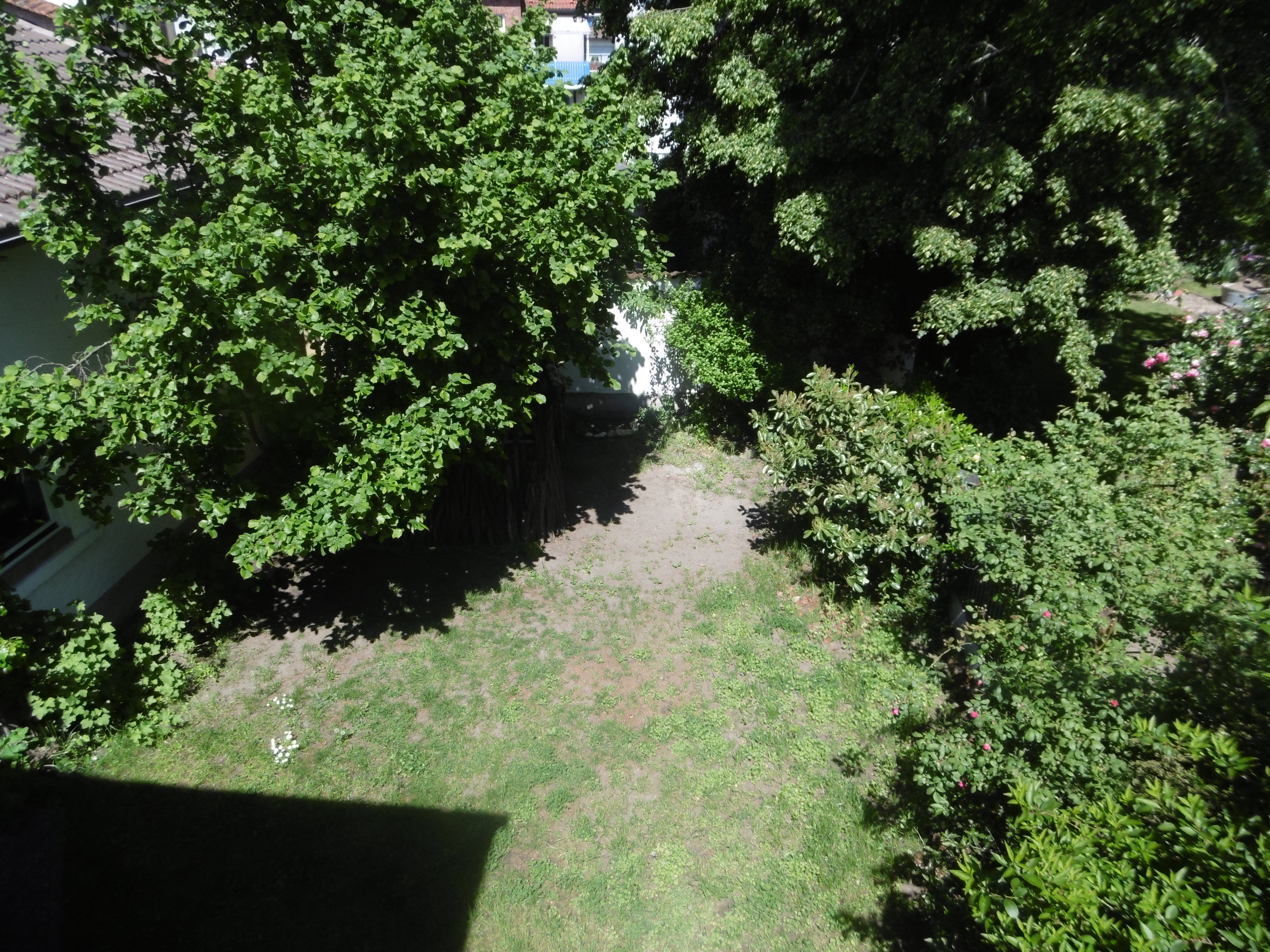
280320, 18UHR30, 09.00 MIN.
SINGVÖGEL, AUTO, STEREOMIKROPHON
020420, 18UHR41, 07.29 MIN.
BRUNNEN, KINDER, ROTKEHLCHEN, STRASSENVERKEHR, STEREOMIKROPHON
080420, 04UHR12, 09.42 MIN.
BRUNNEN, SCHLAFGERÄUSCHE, AUTOBAHN, STEREOMIKROPHON
070520, 12UHR13, 04.54 MIN.
BRUNNEN, VOGELHAUS, DIV. MEISEN, STEREOMIKROPHON
090520, 15UHR05, 09.16 MIN.
HUND, REGEN, STRASSENVERKEHR, STEREOMIKROPHON
010620, 09UHR30, 01.05 MIN.
INSEKTEN, DIV. SINGVÖGEL, STRASSENVERKEHR, STEREOMIKROPHON
010620, 23UHR10, 02.56 MIN.
WASCHBÄRENMUTTER, 3 WELPEN, STEREOMIKROPHON
170620, 22UHR06, 02.14 MIN.
REGEN, ROTKEHLCHEN, STEREOMIKROPHON
200620, 10UHR08, 03.12 MIN.
GARTENROTSCHWANZ, AMSEL, INSEKTEN, LINDE, STRASSENVERKEHR, STEREOMIKROPHON
200620, 14UHR02, 05.25 MIN.
HASELNUSS, STURM, KONTAKTAUFNAHME, ÄSTE, STEREOMIKROPHON
070720, 09UHR39, 06.24 MIN.
FLUGVERKEHR, STRASSENVERKEHR, SCHWALBEN, GARTENROTSCHWANZ, STEREOMIKROPHON
070720, 14UHR40, 05.15 MIN.
SINGVÖGEL, STRASSENVERKEHR, BRUNNEN, KIRCHENUHR, TAUBE, STEREOMIKROPHON
120920, 10UHR44, 04.21 MIN.
KOHLMEISE, STRASSENVERKEHR, BRUNNEN, STEREOMIKROPHON
120920, 18UHR42, 10.58 MIN.
BRUNNEN, STRASSENVERKEHR, FLUGVERKEHR, SINGVÖGEL, STEREOMIKROPHON
141120, 16UHR47, 03.39 MIN.
LAUBBLÄSER, STEREOMIKROPHON
241220, 17UHR37, 07.59 MIN.
BRUNNEN, KLIMAANLAGE, STEREOMIKROPHON
261220, 13UHR12, 15.22 MIN.
KIRCHENUHR, BRUNNEN, HUND, GLOCKENGELÄUT, STEREOMIKROPHON
311220, 23UHR59, 07.45 MIN.
GLOCKENGELÄUT, FEUER, KNISTERN, ANSTOßEN, STEREOMIKROPHON
010121, 20UHR55, 12.27 MIN.
DACHTERASSE, AUSGANGSSPERRE, STEREOMIKROPHON
130221, 17UHR22, 02.40 MIN.
WIND, WINDSPIEL, AUTOBAHN, STEREOMIKROPHON
270221, 11UHR19, 04.56 MIN.
BRUNNEN, KLIMAANLAGE, AUTOBAHN, SINGVÖGEL, STEREOMIKROPHON+
040321, 19UHR47, 05.18 MIN.
REGEN, GEWITTER, STEREOMIKROPHON
280321, 06UHR32, 07.07 MIN.
DIV. SINGVÖGEL, KLIMAANLAGE, FLUGVERKEHR
